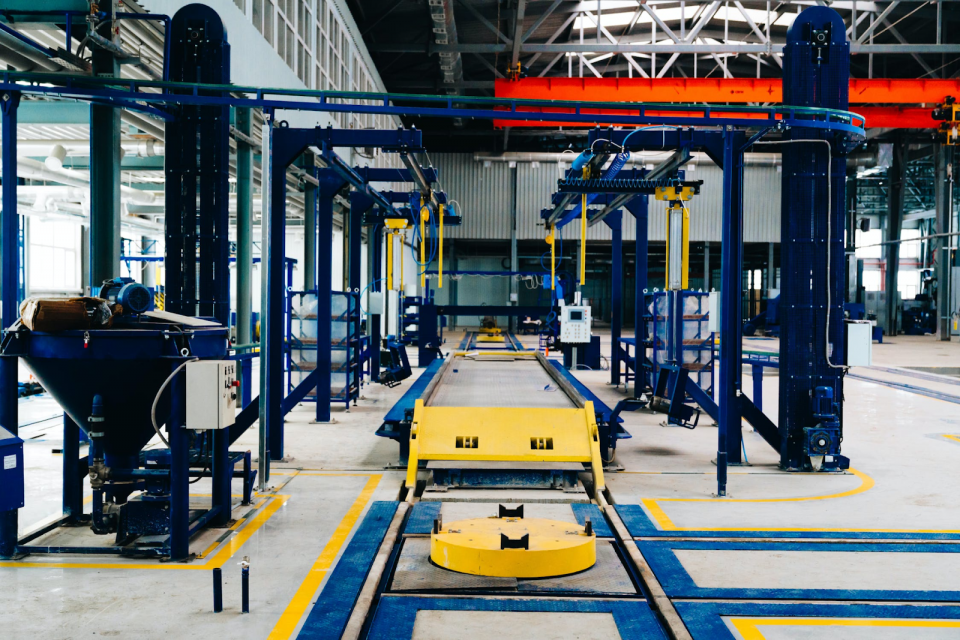Automation has become a necessity in the modern manufacturing world. Automated testing can help to speed up results and allow developers the opportunity to formulate better tools in the long run. Automation has become critical to every process, but that doesn’t mean it’s not without its faults. There are a variety of challenges in automation, including the following:
The Wrong Framework
The right approach to automation comprises the right automation tools. This is a very wide playing field, which makes it very difficult to choose. The right tools need to be based on ease of use, scalability, and how they can be best maintained. The latter is very crucial if the companies are relying on external resources to provide machine components. A company like Indramat can provide Indramat parts for machinery, but the incorrect framework can prove problematic.
Test Case Prioritisation
As the test volume increases, this can cause an overloaded and delayed system, resulting in missed timelines. Test cases should be prioritised to improve their efficiency. Test case prioritisation can be done in two different ways: either by increasing the number of parallel tests or prioritising which one should be automated and deciding on the most important tests and the order in which they are run, but also if they can be reorganised.
Unrealistic Expectations
Automation has long been touted as a cure-all to the ailments of modern industry. The reality is that automation is an effective tool, but automation testing needs to come with a realistic set of expectations. Organisations need to understand which tools should be automated to bring about maximum benefit to the business. This is why an automation strategy needs to be defined as a solid framework that doesn’t just make for increased efficiency but can manage expectations more effectively.
Ignoring User Conditions
The best way to test for automation is to simulate a real-life scenario. The difficulty with automated testing is the limitations of the simulation. When conducting automated testing, it’s important to use real devices where possible. However, finances are always a concern and testing on physical devices can run up the final bill because of the need for a realistic infrastructure.
Underestimating the Cost of the Initial Investment
Automation can bring about a lot of change to a business. The problem is that automation needs that cash investment upfront, not just in terms of the tools, but in terms of infrastructure and resources. This is why the initial framework is so important because it allows the organisation to determine what is worth their while. Investment is something that can feel like a gamble. Planning and preparation sound incredibly simple, but it will ensure that no stone is left unturned.
Any manufacturing business can find itself bending over backwards to accommodate automation. Automation testing is something that needs to be done on a regular basis to guarantee efficacy. Therefore, understanding common automation issues can make for a far more effective and robust reaction to the world of automation, ensuring that it sets a solid foundation for any manufacturing business to thrive.




